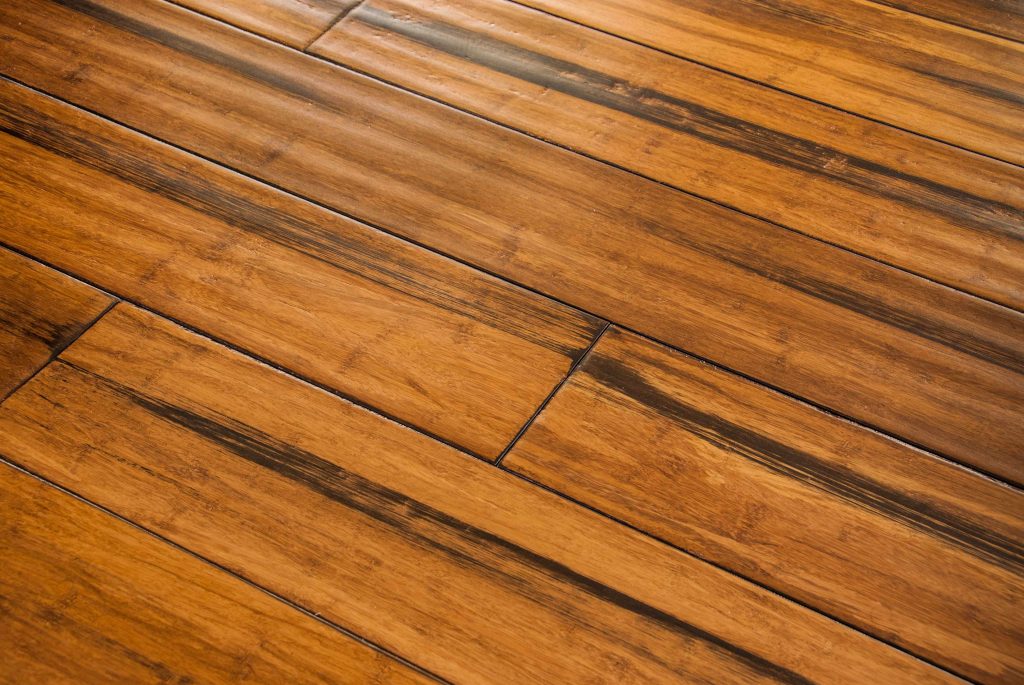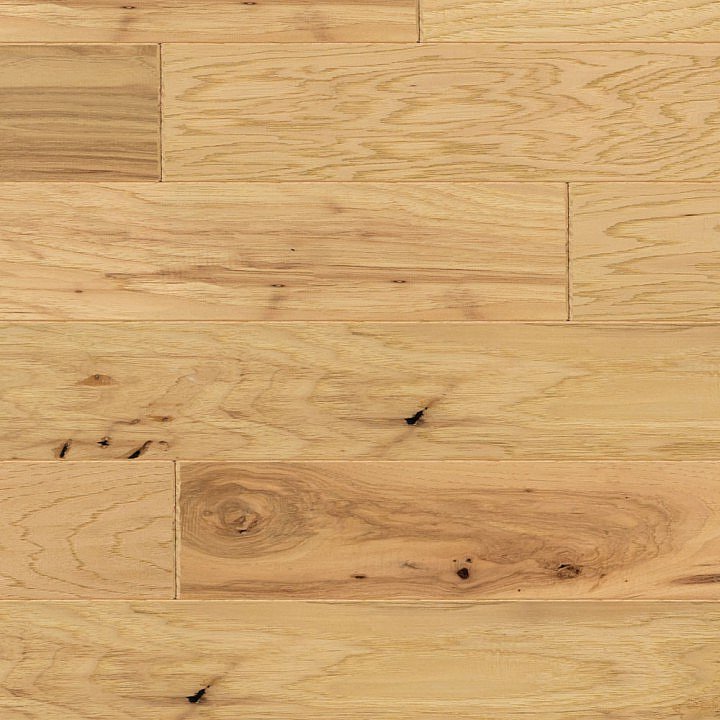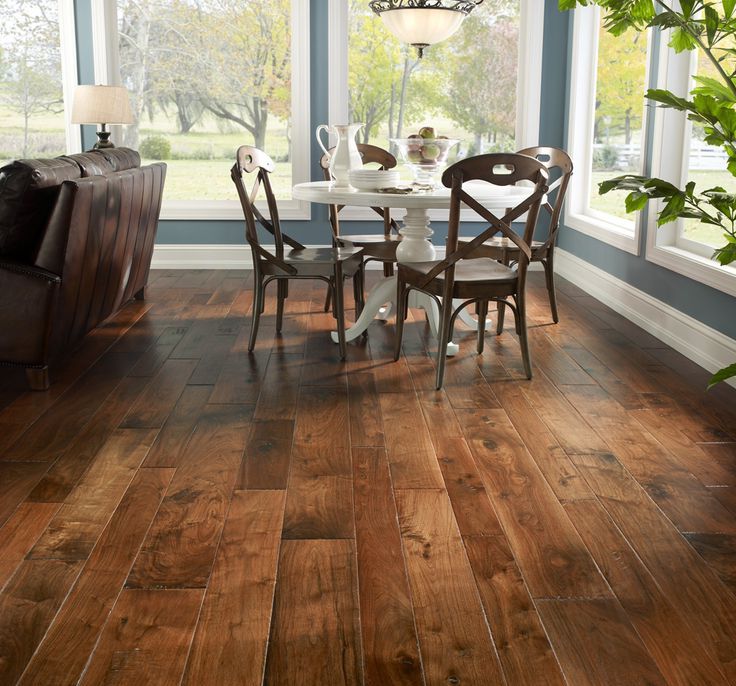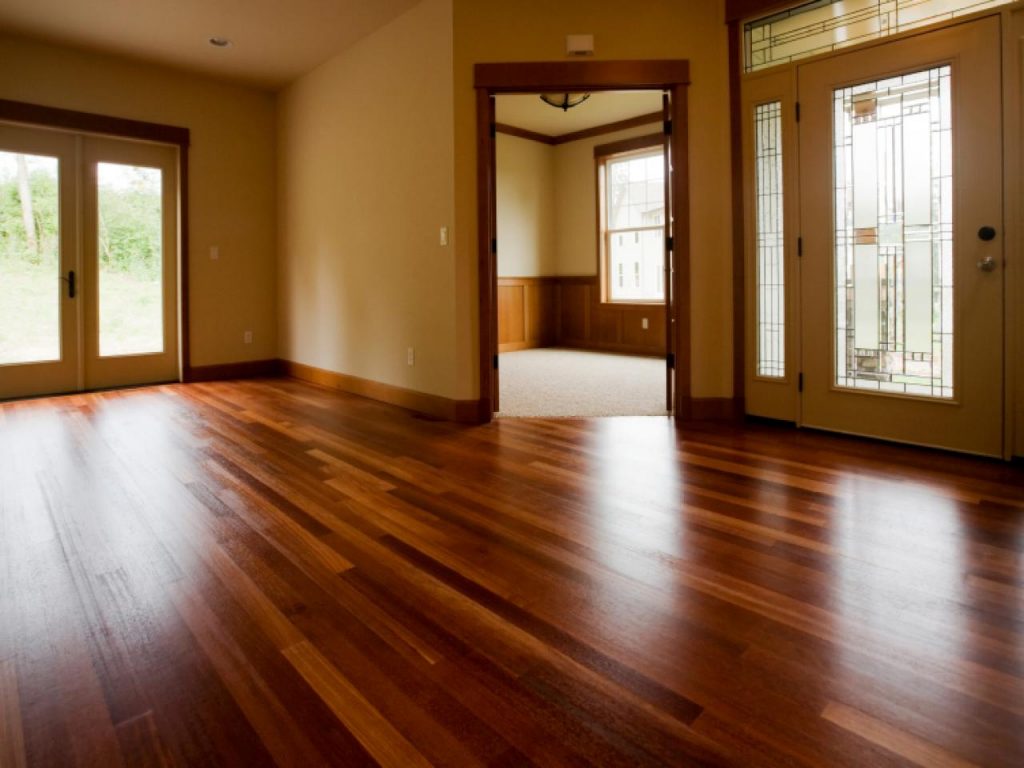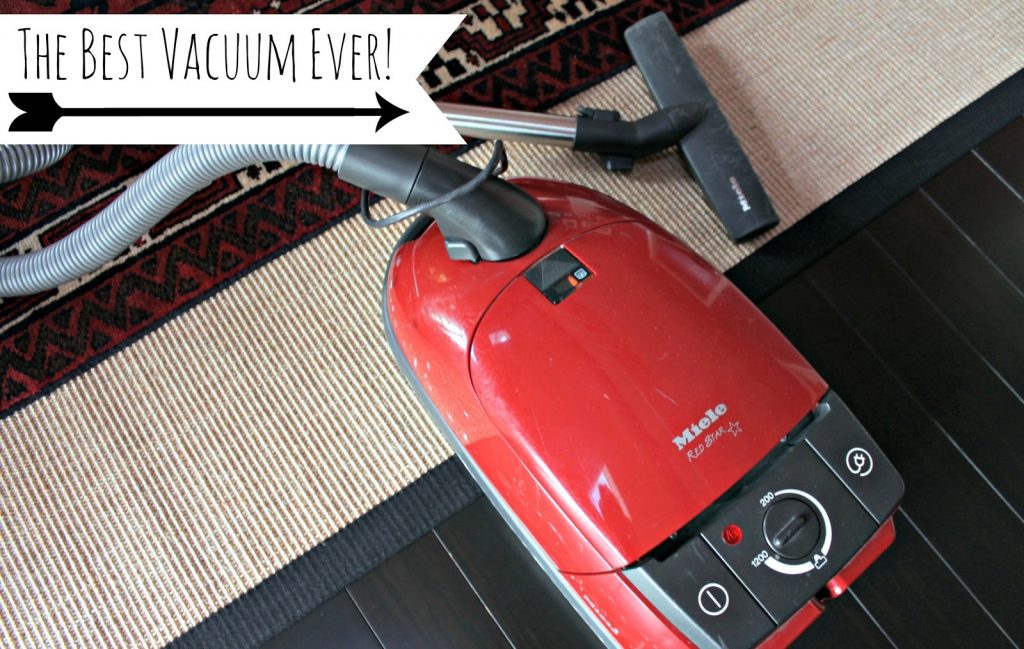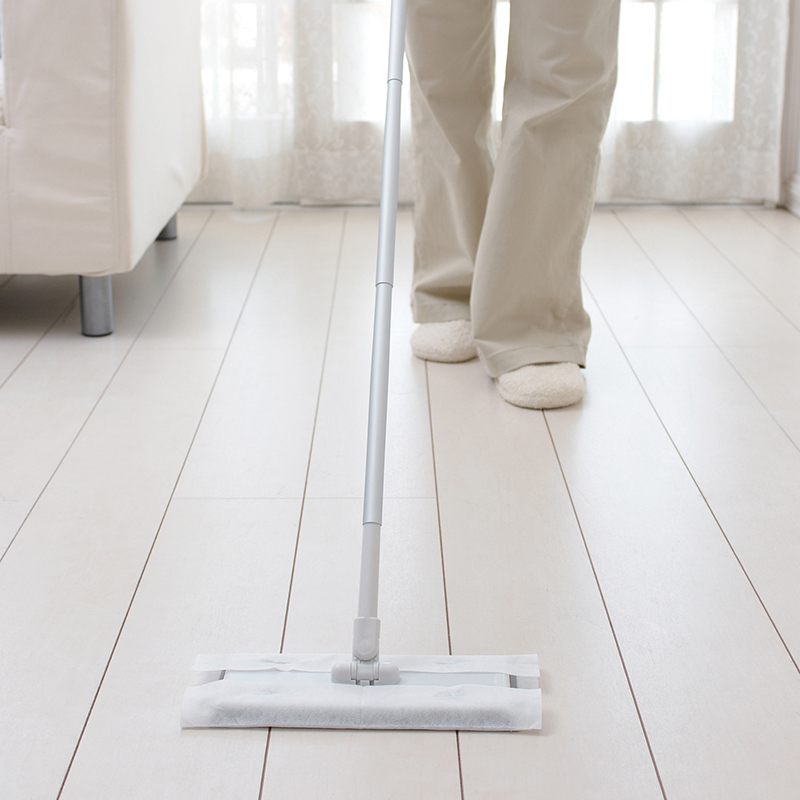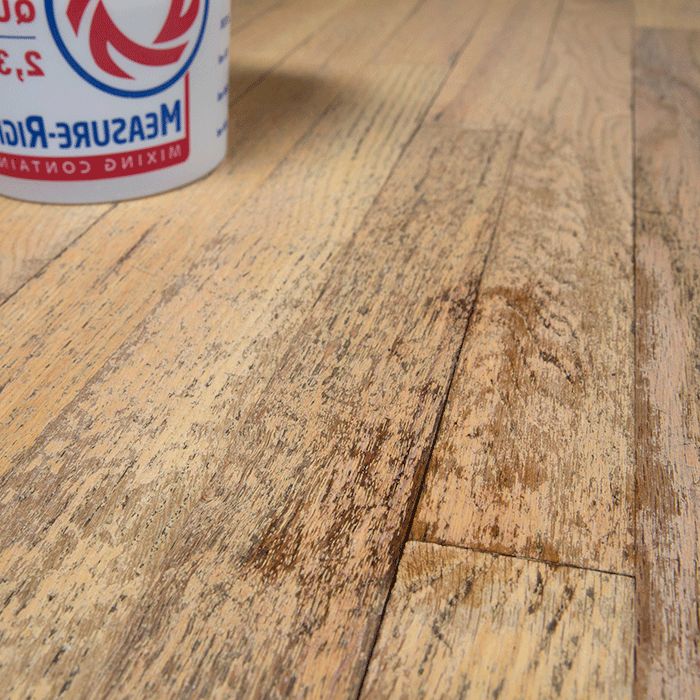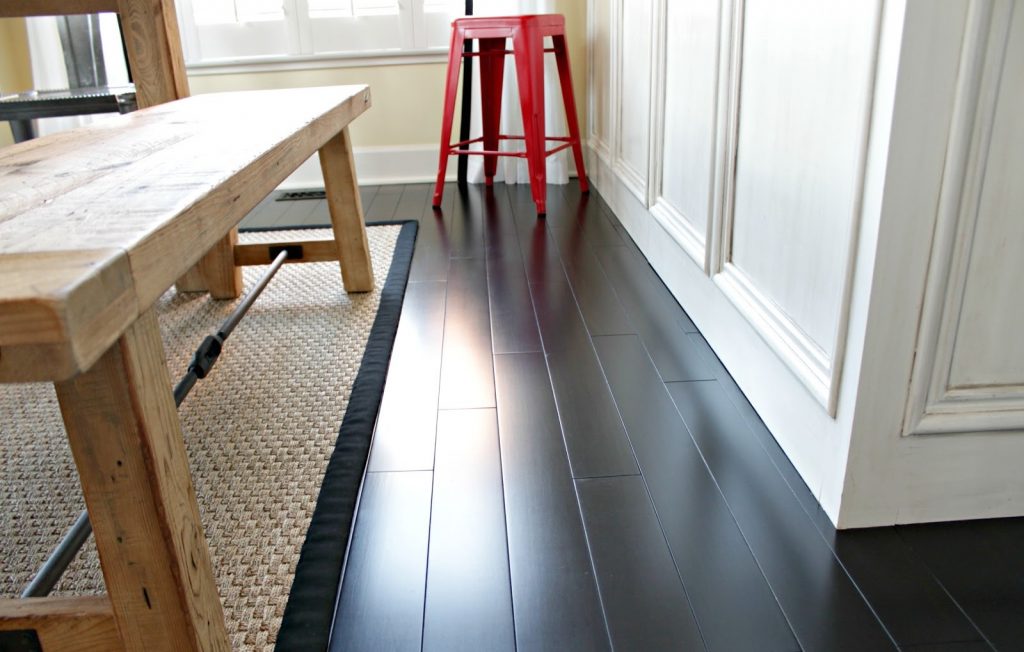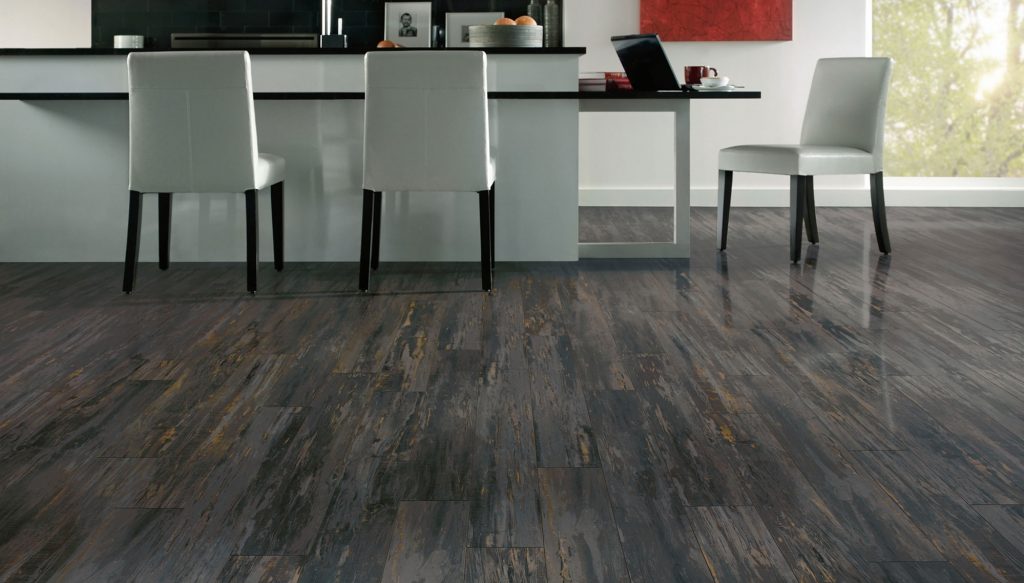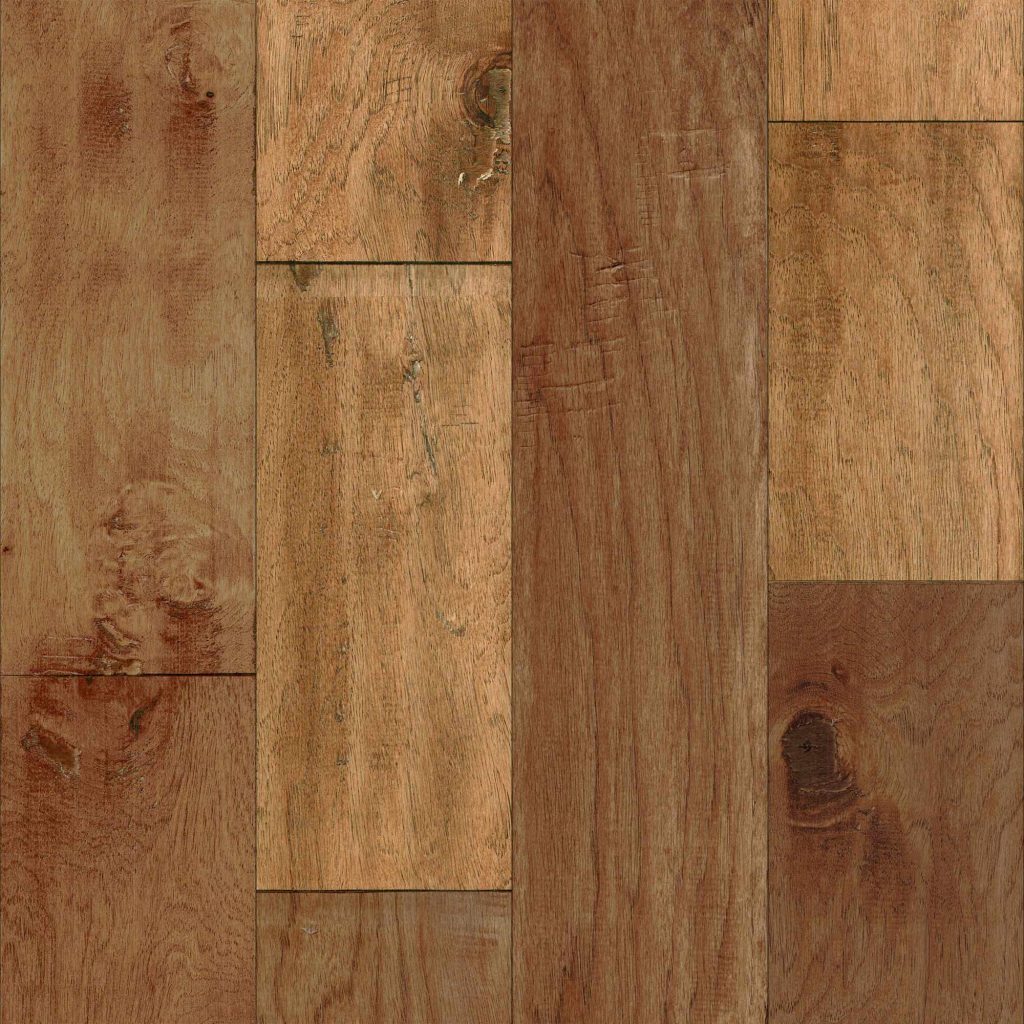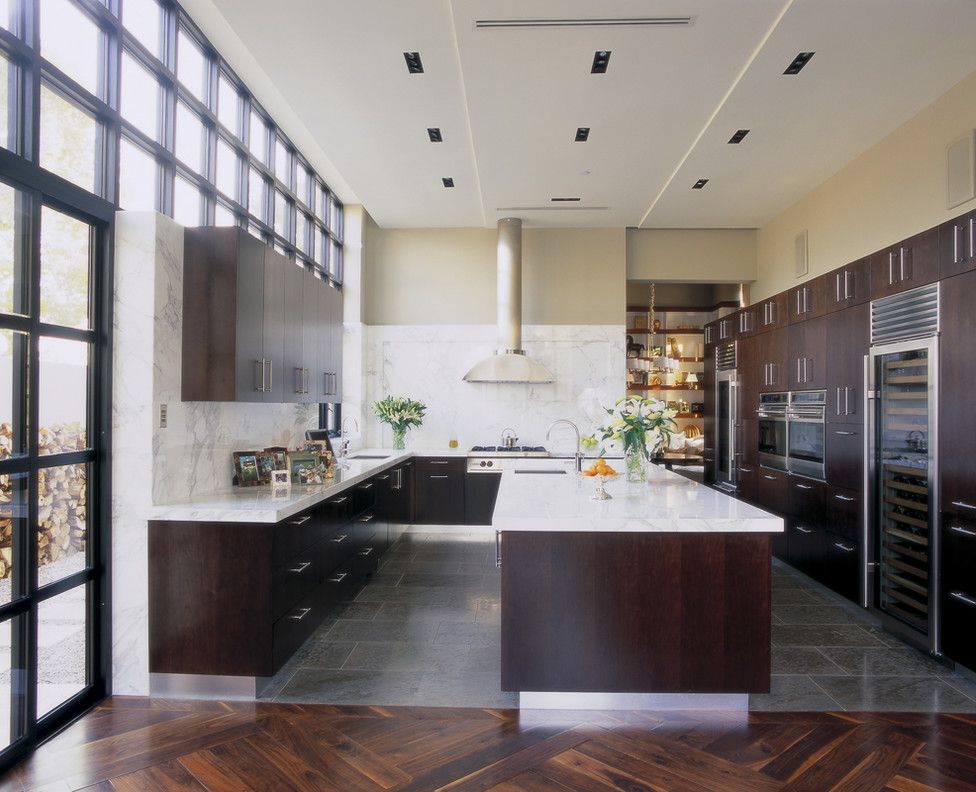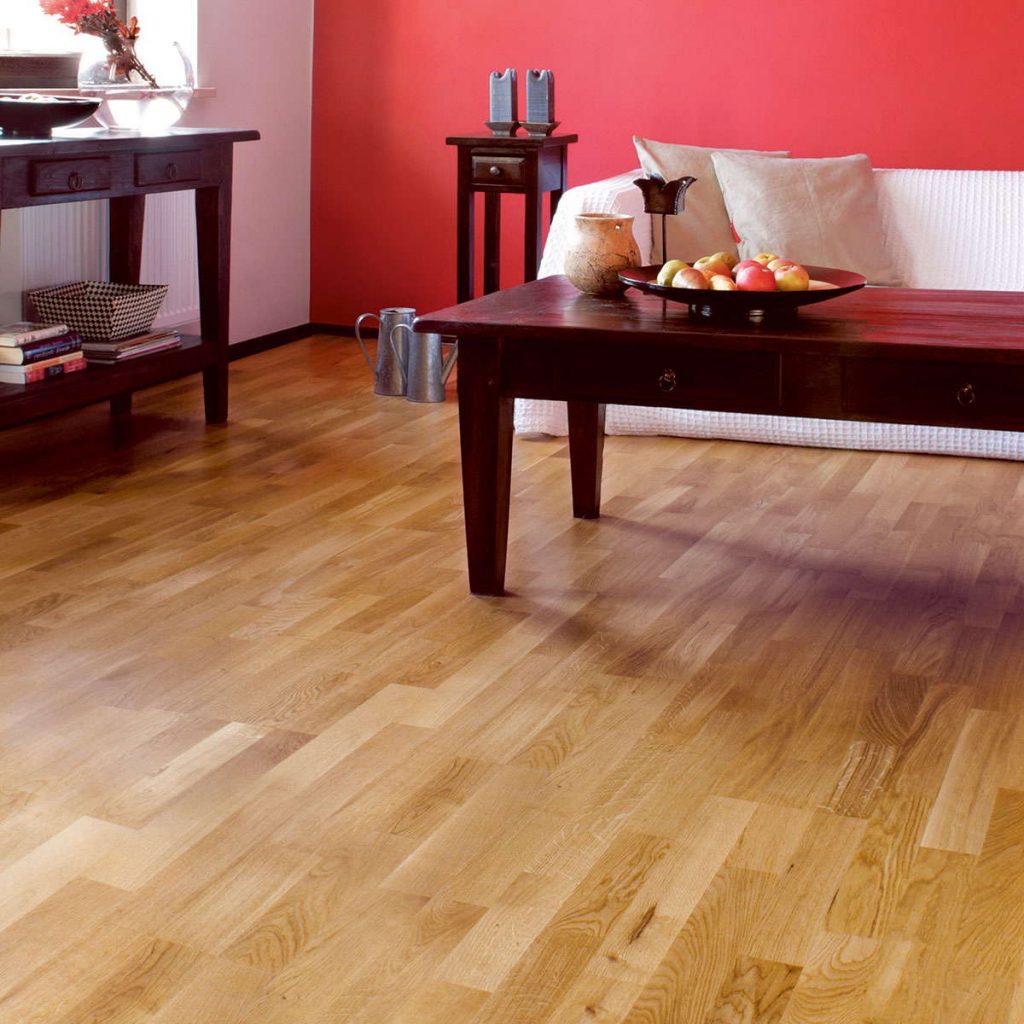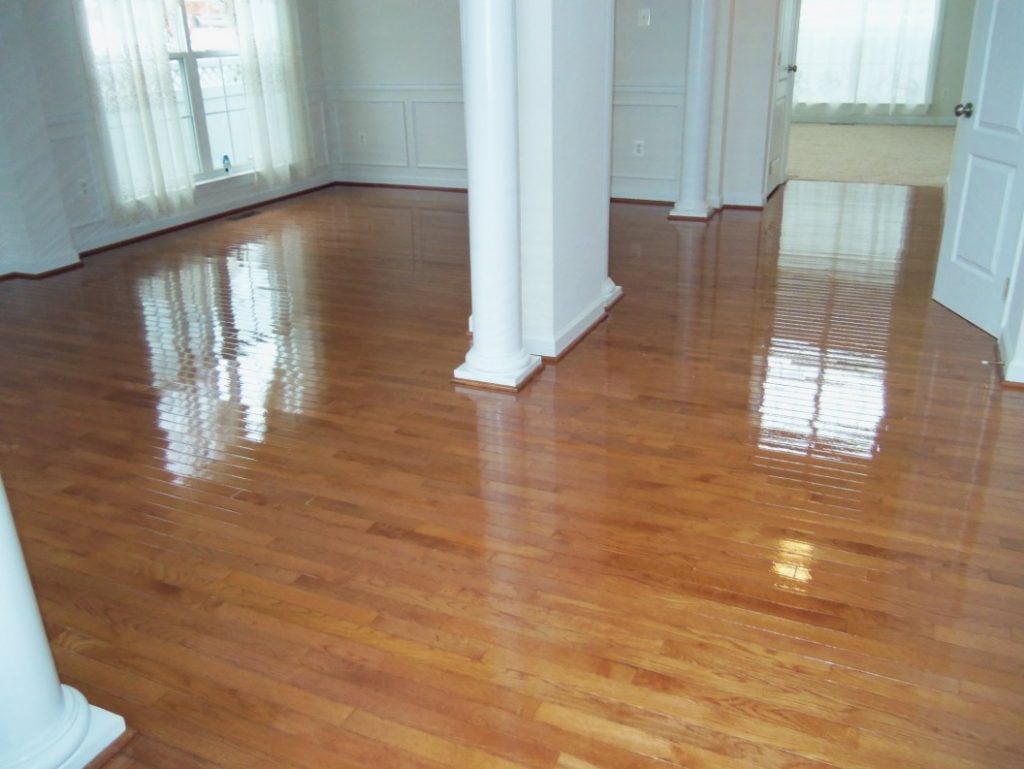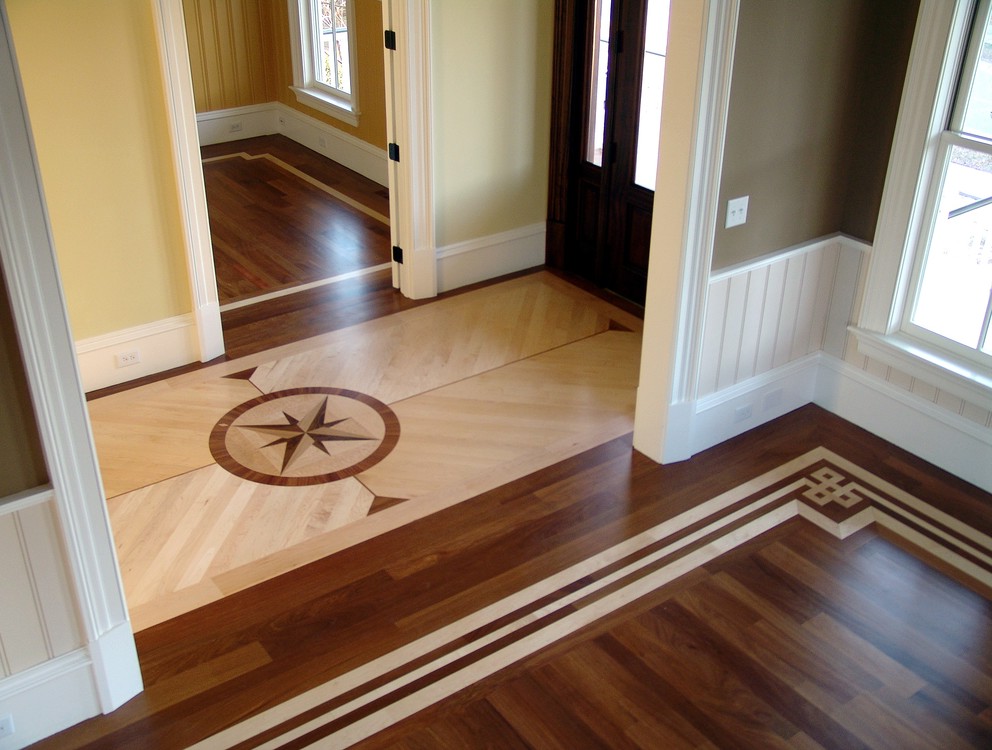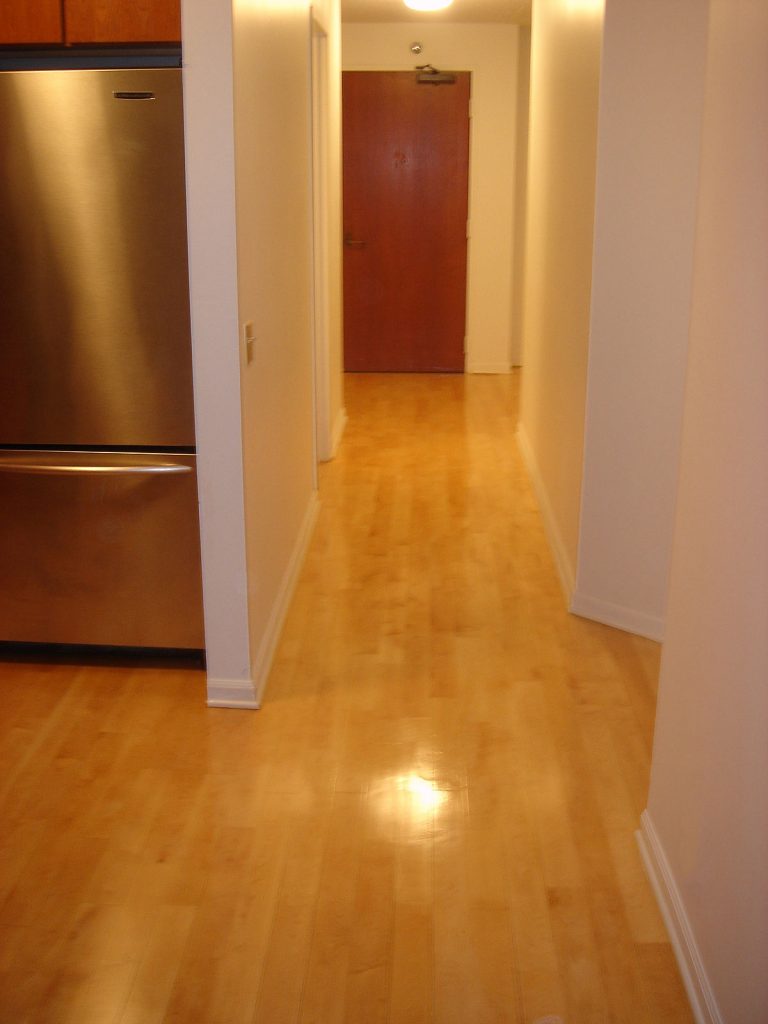Cleaning Engineered Wood Floors Tips Step by Step
Engineered wood floors tend to be the most well-liked personal choice of home owners for flooring and this is for many factors. The fact that is that they are cheaper when compared with other kinds of flooring. Nevertheless, wood surfaces which are protected by a layer of polyurethane or any type of some other finish need to be cleaned frequently. Therefore, what is the best way to cleaning engineered wood floors? Will just vacuum-cleaning do, or do you require a little extra work to maintain it looking great for many years to come?
The information below gives you an overview of how to clean engineered wood floors without streaks.
Step 1
The very first thing to do while cleaning engineered hardwood floors is always to vacuum cleaner. Eliminate as much dust and also particles from your floor as you possibly can before cleanup. Start using a soft brush vacuum cleaner to vacuum the floor once per week. This task may take away the small debris of dust and dirt that may accumulate inside the cracks and also floor joints. If left unattended, dust and dirt might compromise the floor’s seal off, evoking the planks to shift or buckle.
Step 2
Every brand advises the correct cleaning option for their floors. Use these products especially; when they are not available in your town, contact the manufacturer and ask them if they might make some other advice. Spray the suggested cleaner on to the flooring. Do not let the cleaner to pool on the surface of the floors.
Usually people utilize engineered wood floors cleaning products that may contain ammonia to deep cleaning engineered wood floors. Nevertheless, you should never work with ammoniated products, because they can easily dull your own floor’s finish. Many people using polyurethane coated wood purchase ammonia-based cleaners that are designed to clean a glass. However a glass cleaner is absolutely not made to cleaning an engineered wood floor and it is specifically made to thoroughly clean only glass surfaces. Ammonia strips the wax off the floor and is also ideal for eliminating acrylic waxes out of hardwood engineered floors. These types of cleaners will certainly leave your own floor looking dull as well as filthy and may leave a grungy residue behind.
Step 3
Make use of the proper mop for cleanup, as suggested by the manufacturer. Clean small places each time. You should not spray the entire floor before you start cleaning. The cleaner might have time to evaporate before you get to the last location.
Despite regular vacuum-cleaning the wood may seem soiled. If you notice that the actual wood’s shine gets duller, utilize a damp cloth or perhaps a damp mop with a tiny amount of manufacturer-recommended cleaner. This can help recover the original sparkle. The mop must not be soaking wet since the target here it to just take away that thin layer of dust and then the floor dries completely within a few minutes.
Cleaning Engineered Hardwood Floors With Vinegar And Water
Engineered floors that will get massive traffic, as well as that of pets, will certainly leave the floor seriously soiled. In such instances you may use a diluted white vinegar solution, which consists of one part white vinegar and about three parts not-very-hot waters. Damp the mop with this solution and wring it out correctly to reduce an excessive amount of water and wetness. At this point mop the floor. The hot water can release the dirt plus the white vinegar will certainly work as a cleaner, however, you may not like the odor of white vinegar. In general, this will keep the floor bright and also shiny.
Step 4
When the cleaner dries up prior to being allowed to clean the flooring in that location, spray a lot more cleaner on the floor as required.
Step 5
Allow the floor to be dried totally right after cleaning and prior to allowing normal traffic in that location.
Engineered wood flooring is an attractive improvement to every living space, however the the truth is that it may still get filthy. The best and most powerful cleaning engineered wood floors method is mopping–although the wet-mop technique is certainly not your best option. There are lots of mops available that avoid require a lot moisture to complete their tasks perfectly.

